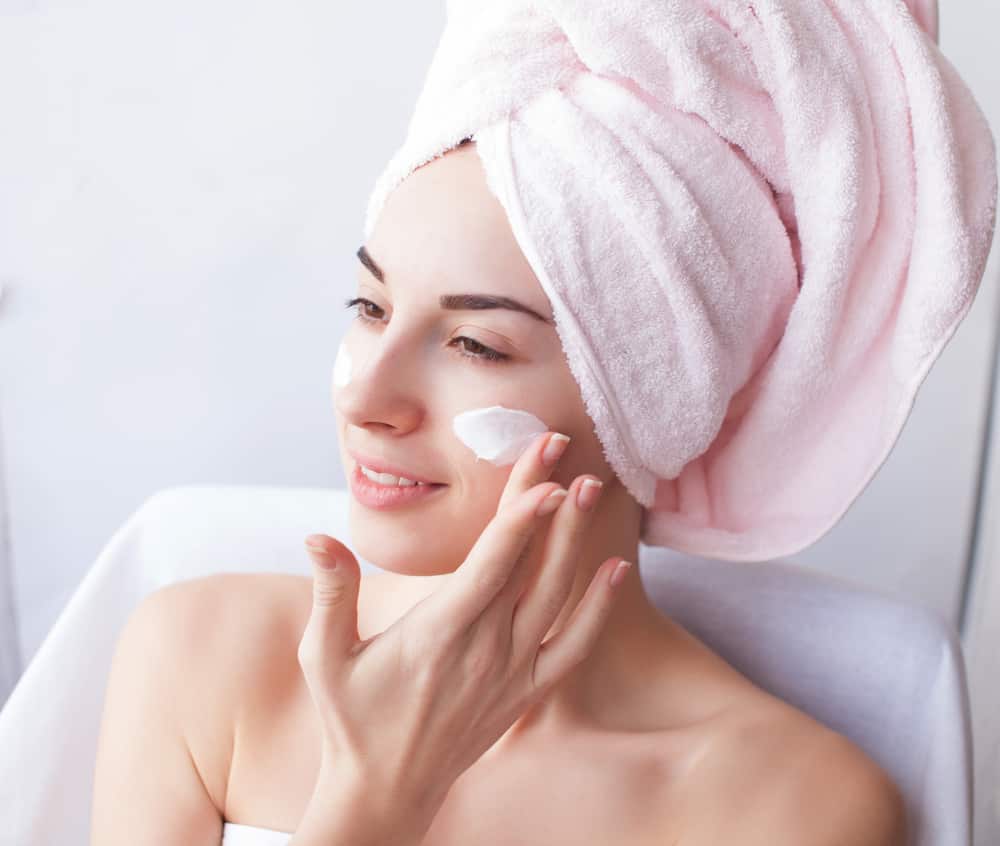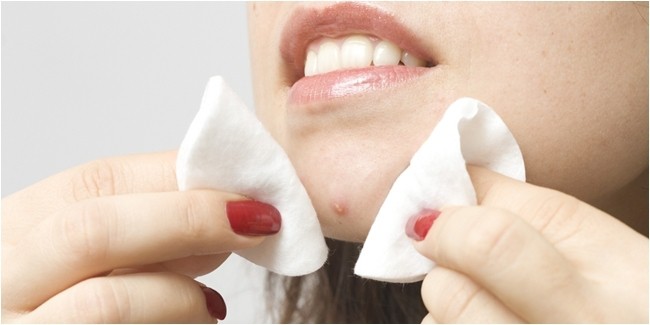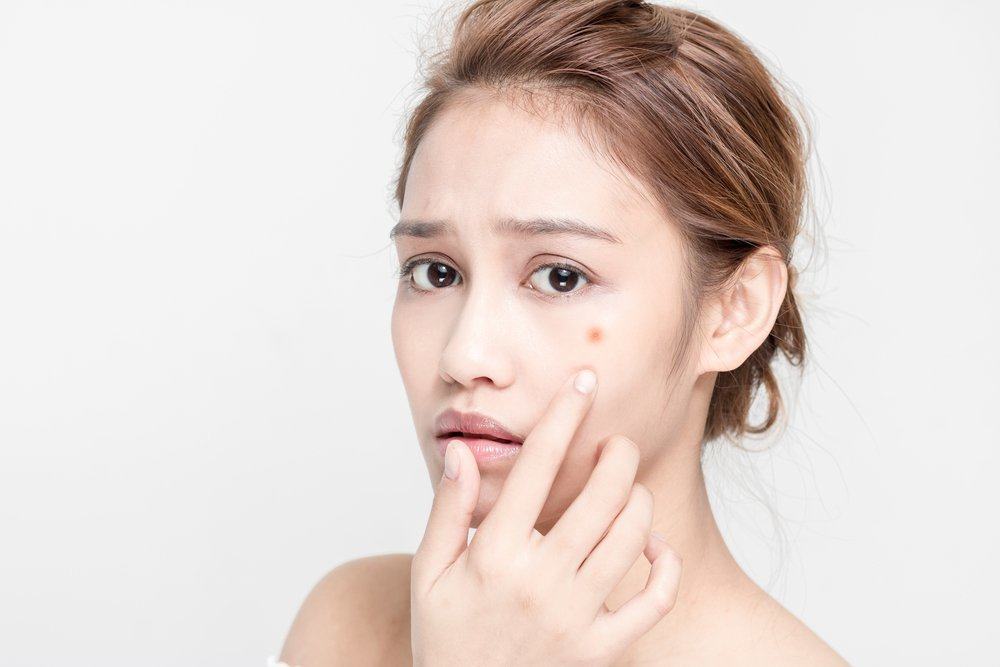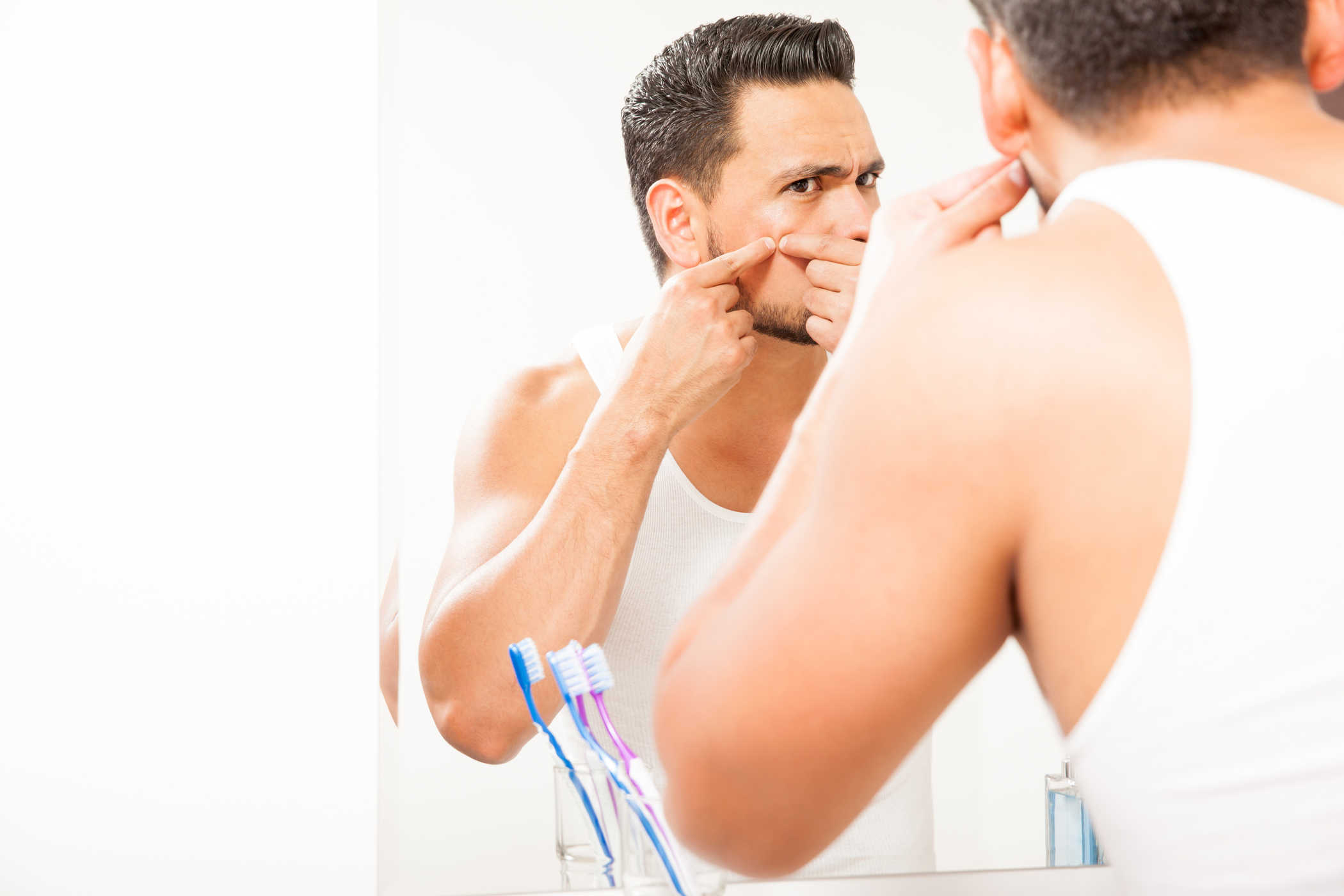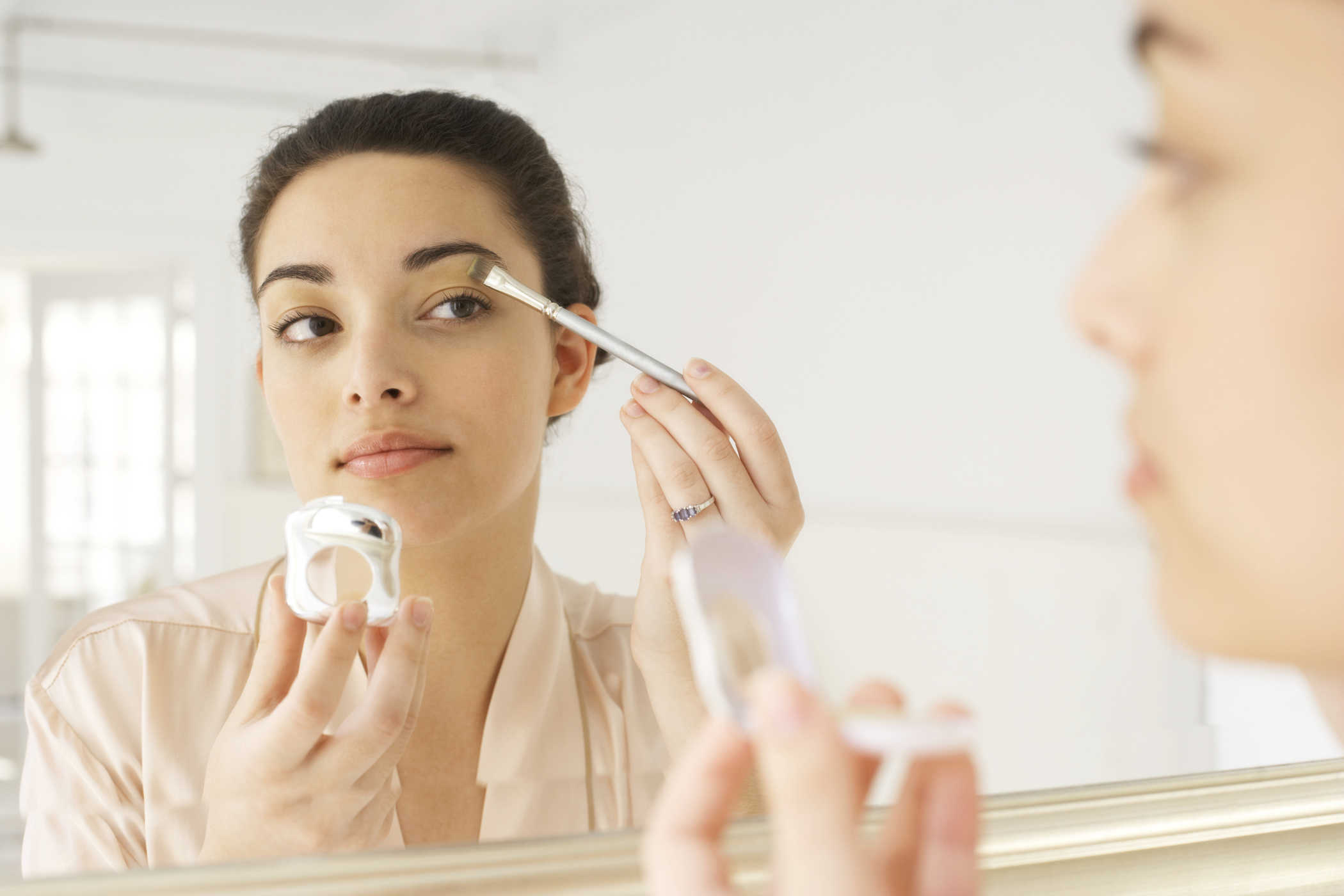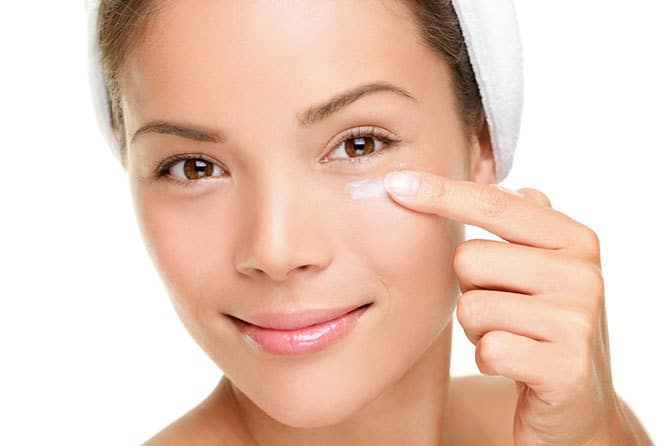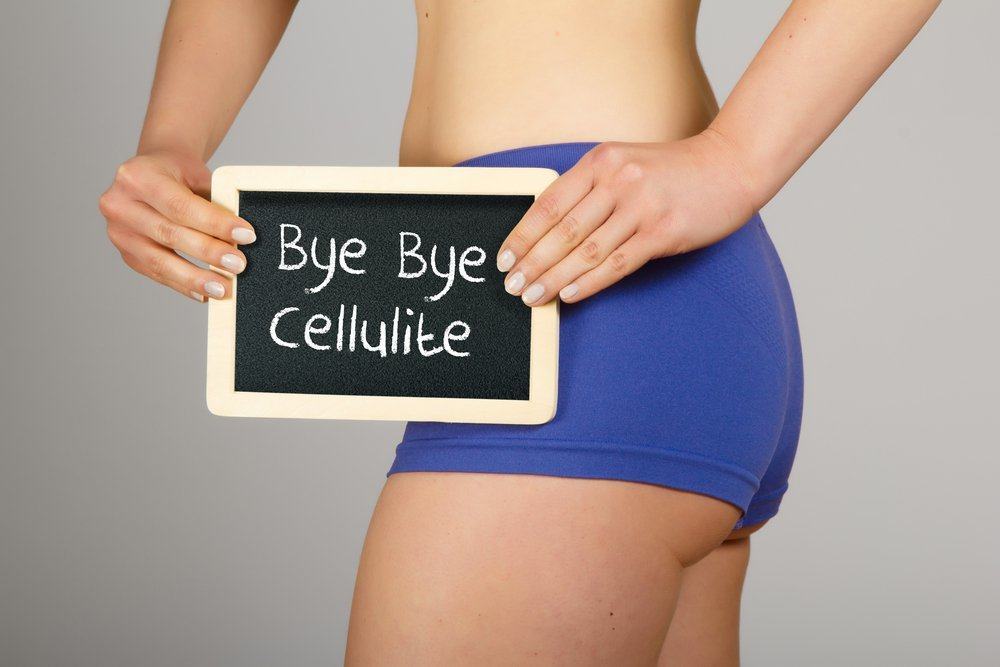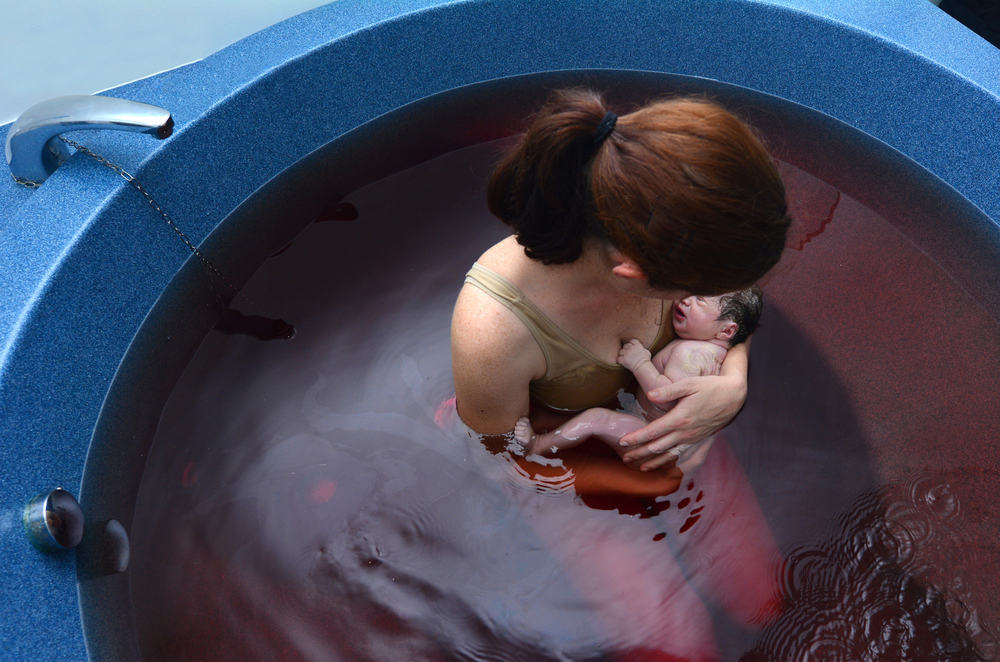Contents:
- Medical Video: Botox side effects - 6 common side effects of Botox
- What is Botox and how does it work?
- What are the benefits of this procedure?
- Is this procedure safe to do?
- What are the side effects to watch out for?
- What should be considered before botox injection?
- Which may or may not be done after injecting botoks
- What is the difference between Botox and filler?
Medical Video: Botox side effects - 6 common side effects of Botox
Along with the development of increasingly sophisticated beauty technology, there are now many various instant treatments for eliminate fine lines and wrinkles on the face. One trend in facial care that is still popular today is Botox injection. Not only for women, adam also do a lot of this treatment to improve their appearance and confidence. Through this paper, I will review the botox injections, and consider the benefits and risks seen from medical glasses.
What is Botox and how does it work?
Botulinum toxin, better known as botox, is a protein produced by the bacterium Clostridium Botulinum. Currently botox is widely used in the world of dermatology, one of which is to overcome the wrinkles that arise as a result facial expressions like smiling, frowning, crying, and pouting. Wrinkles due to this expression which over time will cause the skin to relax and wrinkle.
Botox works to inhibit the acetylcholine nerve signal in the muscle, making it more relaxed. Now, when your facial muscles relax, the surface of the skin will be smoother and tighter. This makes the various wrinkles on the face disappear.
What are the benefits of this procedure?
As mentioned above, Botox is useful for dealing with wrinkles that arise as a result of your daily facial expressions, or due to side effects of natural aging.
In addition to being used to deal with facial wrinkles, Botox injections can also be used to treat various other health problems, such as:
- Resolve hyperhidrosis, namely excessive sweating of the armpits, palms or soles of the feet
- Chronic migraine
- Blearospasm (eye twitch)
- Strabismus (cockeye)
- Muscle contraction or stiffness
- Hemifacial spasm, spontaneous spasms in the face area
Is this procedure safe to do?
Secure. Actually, since 1989 botox injections have been approved for a number of certain medical procedures. However, only in 2001, the US FDA (Food and Drug Administration) approved the use of botox for skin beauty treatment.
This procedure is also safe for teens over the age of 18. It's just that the procedure must be according to its needs, and whether it really needs to be done at that time. Most teenagers do not have wrinkle related problems, so botox injection is not needed. You can consult a doctor for more information.
In order for your botox injections to be guaranteed safety, you must be smart in choosing and determining the place to do this procedure. Botox injections must be done by a specialist skin and genitalia (Sp. KK) who are competent in the field of dermatology or other doctors who have been specifically certified. That way, your doctor can adjust the dosage that is suitable for your needs.
What are the side effects to watch out for?
Botox is a minimally invasive facial treatment procedure, but that does not mean there is no side. Botox side effects are generally mild and easy to handle, such as pain, redness, and numbness at the injection site. In addition, you may also experience headaches, nausea, muscle weakness, and allergic reactions from certain ingredients contained in Botox.
If botox injections are performed by a doctor who is not an expert, the risk of side effects can increase and cause complaints such as the eyelid drops. Some cases of botox injections that are not guaranteed even make the patient unable to open his eyes (ptosis), eyebrows go down, so that his face becomes asymmetrical.
What should be considered before botox injection?
Please note that Botox injections are not permanent. The results of this procedure generally will last 4-6 months, and repeat injections need to be done if the patient wants to maintain the results.
Even so, it does not mean injecting botox makes dependence. It's just that usually, patients who have taken botox injections and are satisfied with the results, want to maintain their results by taking botox injections regularly. Even if you stop this treatment, your face will not experience significant changes or worsen your condition.
Which may or may not be done after injecting botoks
In addition, indirect wrinkles on your face also disappear after the procedure is completed. Because the effect of botox will look optimal 5-7 days after injection.
After botox injections, doctors will generally advise patients to:
- Do not massage or touch the area that has just been injected with Botox. If this is done then it can cause botox to spread to other unwanted areas
- Do not lie on your stomach, because it can press the area that has just been injected with botox
- Avoid heavy activity for 1 week
In order for this treatment to last a long time, you are advised not to engage in intense exercise, frequent saunas, and radiofrequency treatments.
What is the difference between Botox and filler?
Many people find it difficult to distinguish between botox injections and filler injections. Although both offer skin care with results that are fast and minimal incision, but botox and filler are two different things.
Botox serves to overcome wrinkles that arise due to the work of muscle expression. While fillers are used to fill or correct areas of the face that experience emptiness or want to be highlighted, such as cheeks, nose, lips, chin, temples, eye bags.


